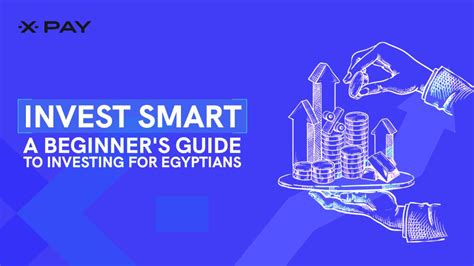For many men, taking control of personal finances can feel like scaling a mountain. High-interest debt often stands as a formidable barrier, draining resources and delaying financial freedom. But it doesn’t have to be this way. This guide provides a straightforward, actionable roadmap for men to systematically eliminate burdensome debt and rapidly build their savings, paving the way for a more secure and prosperous future.
Phase 1: The Debt Demolition – Crushing High-Interest Debt
High-interest debt, typically found in credit cards, personal loans, or payday loans, is a wealth destroyer. Its aggressive interest rates can make even small balances snowball into overwhelming figures. The first step towards financial liberation is to confront and systematically dismantle this debt.
1. Get Real with Your Debt
- Inventory Everything: List every single debt you owe. Include the creditor, current balance, interest rate, and minimum payment. This clear picture is your battle plan.
- Understand the Cost: Calculate how much interest you’re paying annually. Seeing this number often provides powerful motivation to act.

2. Choose Your Weapon: Avalanche or Snowball
These are two powerful strategies for debt repayment:
- Debt Avalanche: Focus on paying off debts with the highest interest rates first, while making minimum payments on others. This method saves you the most money on interest over time.
- Debt Snowball: Pay off the smallest debt balance first, then roll that payment into the next smallest. This method provides psychological wins, helping maintain momentum.
Choose the method that best suits your personality and financial discipline. Consistency is key.
3. Attack Interest Rates Directly
- Negotiate: Call your credit card companies and ask for a lower interest rate. You might be surprised by what they offer, especially if you have a good payment history.
- Balance Transfers: If you have good credit, consider transferring high-interest balances to a card with a 0% introductory APR. Be cautious and ensure you can pay it off before the introductory period ends.
- Debt Consolidation: A personal loan with a lower, fixed interest rate can consolidate multiple high-interest debts, simplifying payments and potentially saving money.
4. Slash Unnecessary Spending
To free up more money for debt repayment, a critical look at your expenses is necessary. Identify spending habits that aren’t aligning with your financial goals.
- Track Every Dollar: Use an app, spreadsheet, or notebook to monitor where your money goes for a month.
- Cut the Fat: Pinpoint areas where you can reduce spending – subscriptions you don’t use, impulse purchases, eating out too frequently, or expensive habits. Every dollar saved is a dollar that can attack debt.

Phase 2: The Savings Acceleration – Boosting Savings Fast
Once high-interest debt is under control, the focus shifts to building a robust financial safety net and accelerating wealth accumulation.
5. Build a Rock-Solid Emergency Fund
Before aggressive investing, establish an emergency fund. Aim for 3-6 months’ worth of living expenses saved in an easily accessible, separate account. This fund protects you from life’s unexpected events (job loss, medical emergency, car repair) without derailing your financial progress or forcing you back into debt.

6. Automate Your Savings
The easiest way to save is to make it automatic. Set up automatic transfers from your checking account to your savings account (and investment accounts) on payday. Start small if you need to, but be consistent and gradually increase the amount. “Pay yourself first” is a foundational principle of wealth building.
7. Optimize Your Income
Boosting savings isn’t just about cutting expenses; it’s also about increasing income.
- Negotiate Your Salary: Research market rates for your position and confidently negotiate for higher pay.
- Develop New Skills: Acquire skills that are in high demand in your industry or a new field.
- Explore Side Hustles: Whether it’s freelancing, consulting, or a part-time gig, a side hustle can significantly accelerate your savings goals.

8. Invest Wisely (Once Debt is Managed)
With debt under control and an emergency fund in place, begin exploring investment options. Start with low-cost index funds or ETFs. Consider employer-sponsored retirement plans (like a 401k) and contribute at least enough to get any company match – it’s free money. Educate yourself on basic investment principles and compound interest.
Phase 3: Sustaining Momentum & Long-Term Growth
Financial success is a marathon, not a sprint. Consistency and ongoing education are vital.
- Regular Financial Check-ups: Schedule monthly or quarterly reviews of your budget, debt progress, and savings goals. Adjust as needed.
- Set Clear Financial Goals: Define what financial freedom looks like for you. Is it early retirement, buying a home, or funding a child’s education? Clear goals provide motivation.
- Continuous Education: Read books, listen to podcasts, and follow reputable financial experts. The more you learn, the more confident and capable you’ll become in managing your money.

Conclusion
Crushing high-interest debt and boosting savings fast requires discipline, a clear strategy, and consistent action. By taking these actionable steps, men can transform their financial landscape, moving from the burden of debt to the freedom of financial independence. Start today – your future self will thank you.




